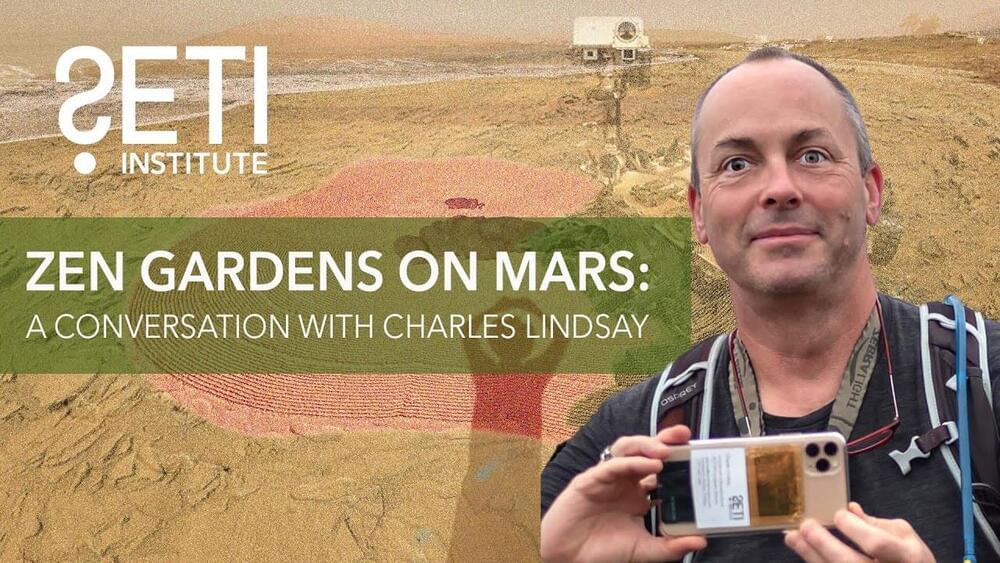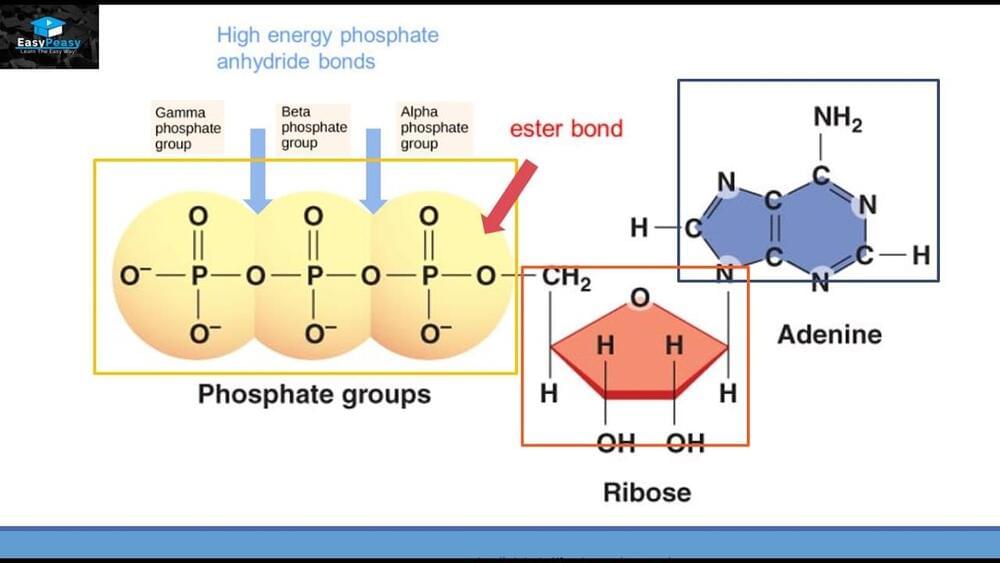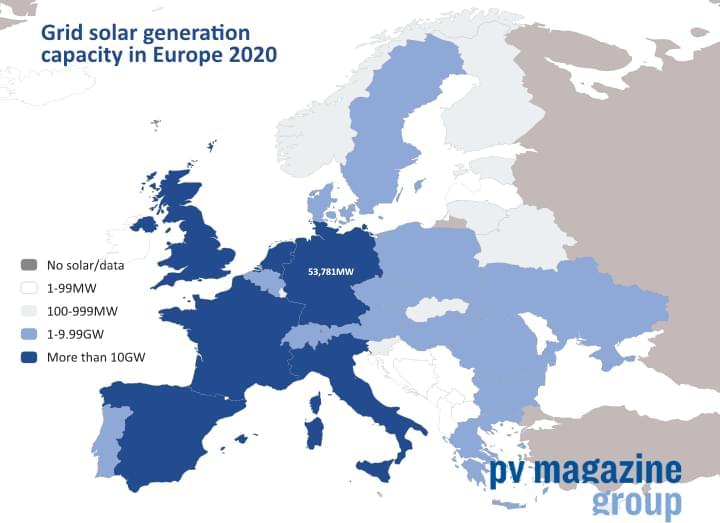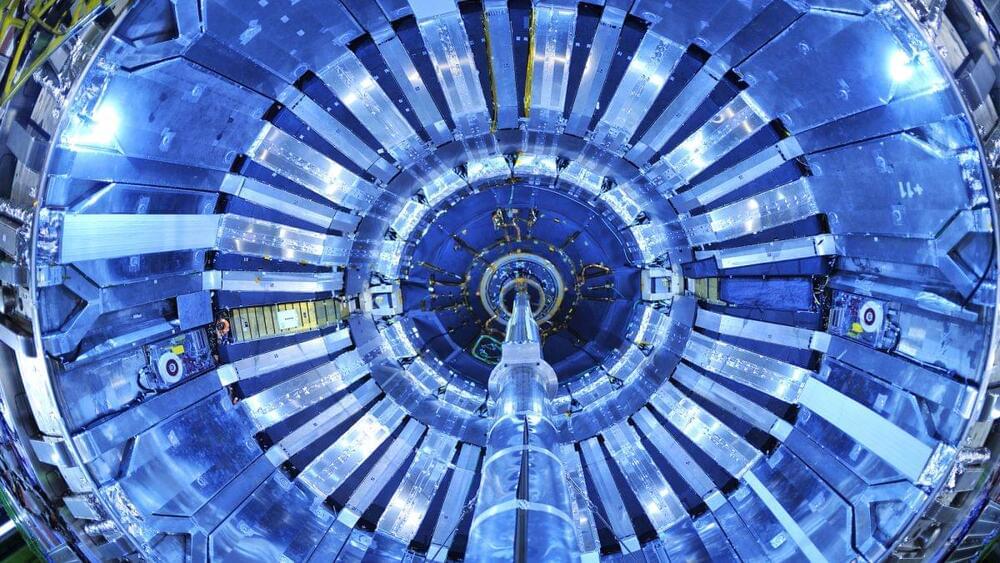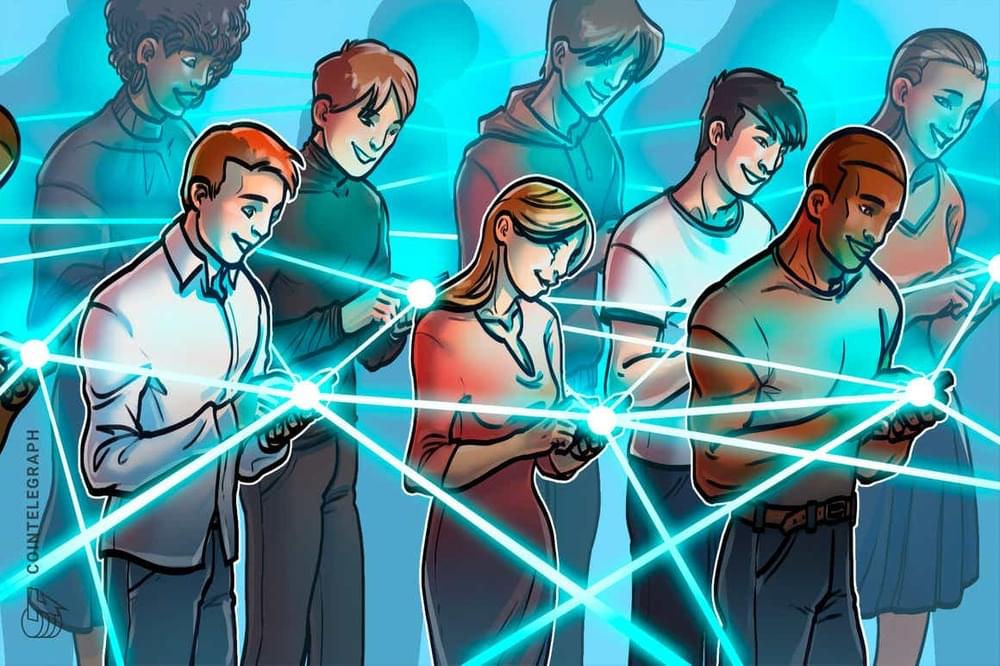
SpaceX’s Starship will be a multipurpose launch vehicle, capable of returning astronauts to the Moon to build a permanent base and enabling humanity to build a sustainable colony on Mars. It is expected to become the world’s most powerful rocket-ship. “Starship was designed from the onset to be able to carry more than 100 tons of cargo to Mars and the Moon. The cargo version can also be used for rapid point-to-point Earth transport. Various payload bay configurations are available and allow for fully autonomous deployment of cargo to Earth, Lunar, or Martian surfaces,” the company said.
SpaceX’s Starship launch vehicle has many potential uses and capabilities that will enable access to space like never before. The cargo version of Starship will be able to launch entire satellite constellations in a single launch inside its payload bay. For perspective, SpaceX’s Falcon 9 can carry up to 60 Starlink in a tight configuration inside its 5.2-meter diameter fairing, Starship will be able to carry 400 Starlink to deploy in a single launch inside its fairing. Starship will be capable of deploying giant spacecraft to space inside its clamshell-like fairing, which has an outer diameter of 9-meters –“the largest usable payload volume of any current or in development launcher,” the company says. SpaceX also plans to design an extended Starship volume capability for payloads requiring up to 22-meters of height.
Starship will also be able to capture already in orbit to be repaired or brought back to be disposed of on Earth, according to SpaceX’s Starship User Guide. “Fully-reusable Starship and Super Heavy systems are expected to allow for space-based activities that have not been possible since the retirement of the Space Shuttle and Space Transportation System, or have never been possible before. With a fully reusable Starship, can be captured and repaired in Orbit, returned to Earth, or transferred to a new operational orbit,” SpaceX’s vehicle guide says. This will be possible with Starship’s large clamshell-like cargo door mechanism that opens and closes, as shown in the image below. The clamshell door can be modified to “chomp up” old and space junk orbiting Earth. “We can fly Starship around space and chomp up debris with the moving fairing door,” SpaceX founder Elon Musk said in July 2021.

